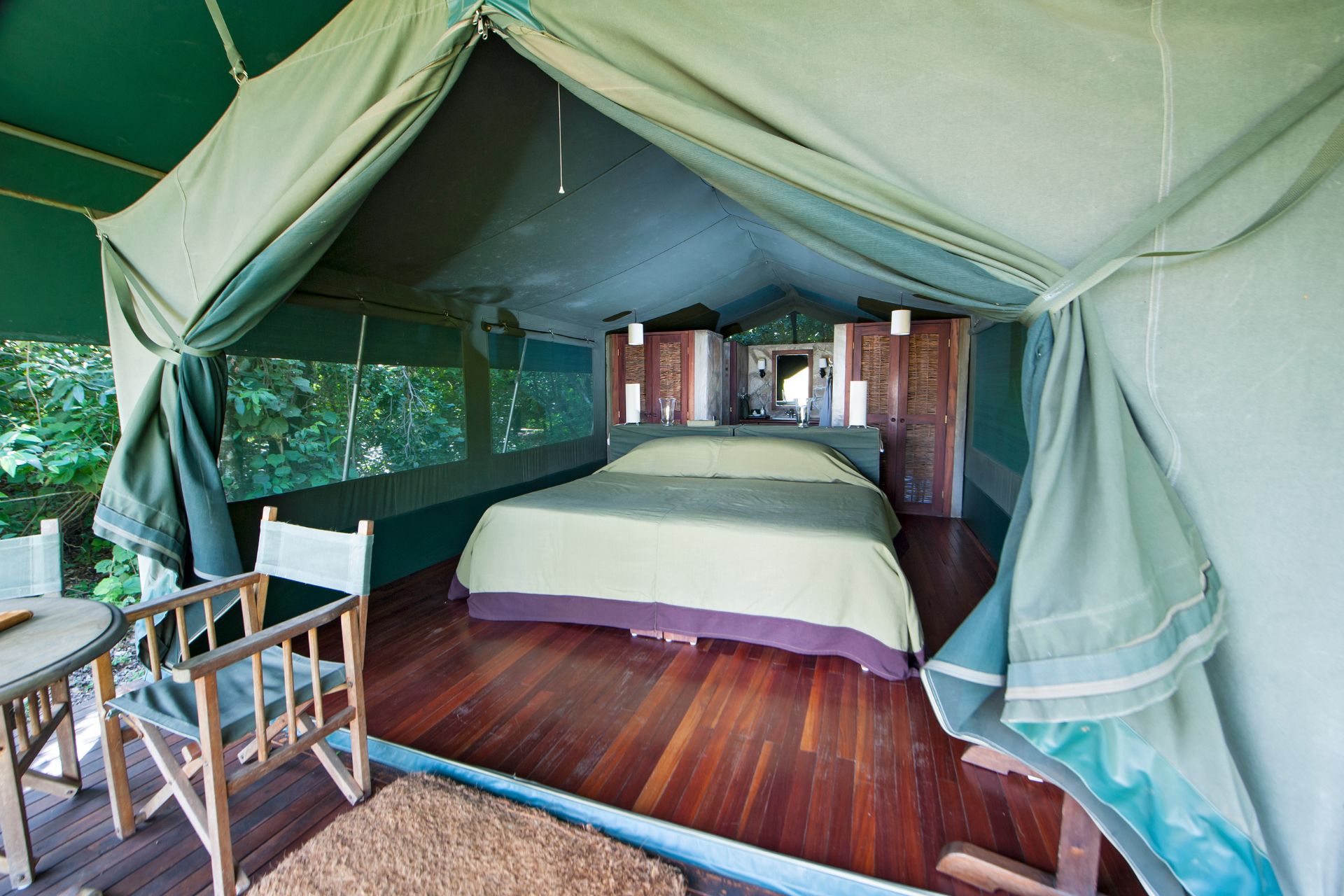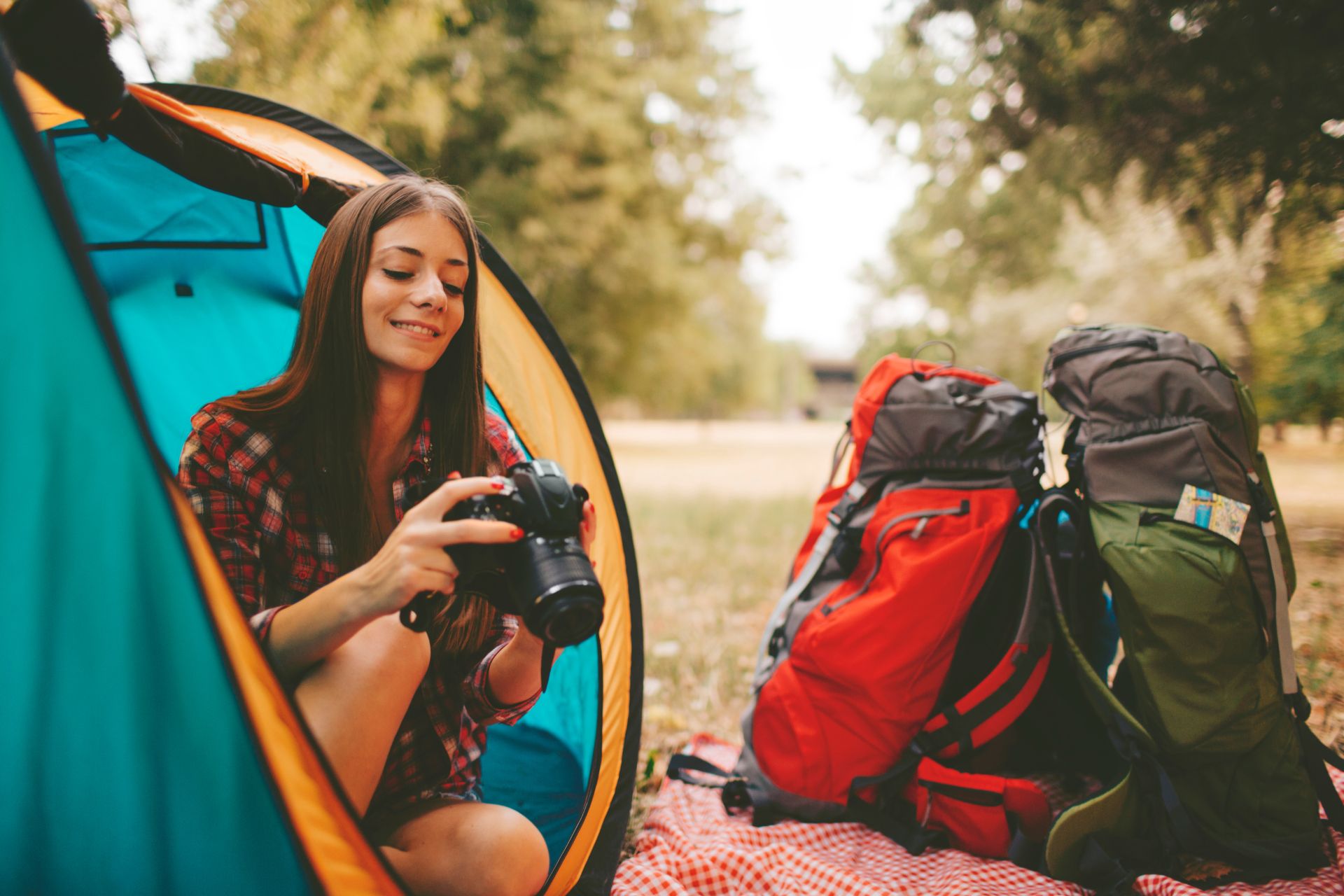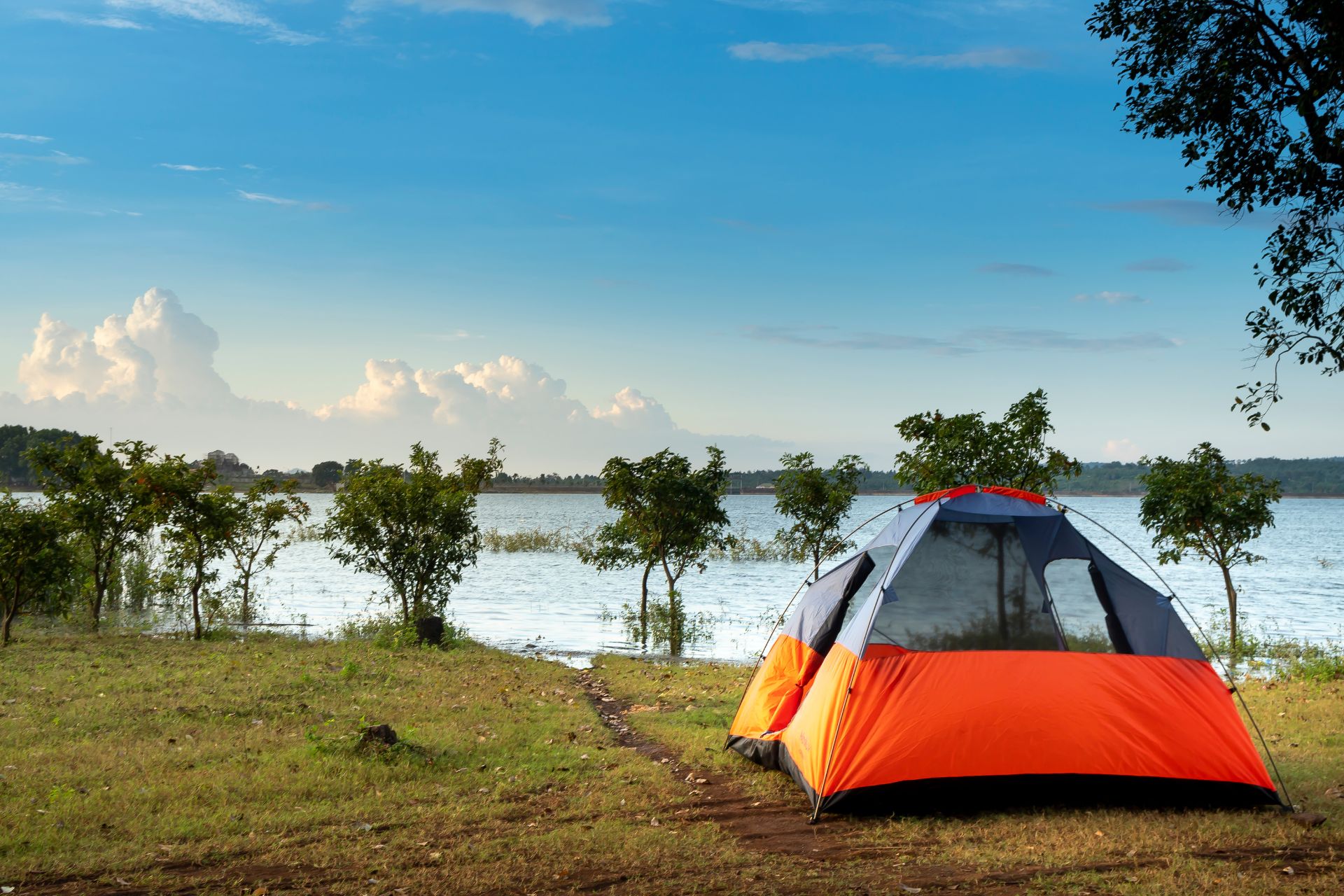Introduction
Choosing the right tent is essential for a comfortable and enjoyable camping trip. A good camping tent should provide shelter from the elements, be easy to set up and take down, and have enough space for you and your camping gear. In this comprehensive guide, we will cover the different types of camping tents, aspects to consider when purchasing a tent, and practical tips for finding the ideal one for your needs with the help of Sportshare, your go-to source for sports equipment rentals.
Camping Tent Types
Cabin Tents

Cabin tents are the most spacious and comfortable type of camping tent. They are designed for automobile camping and can accommodate large groups of people. Cabin tents have vertical walls, high ceilings, and numerous rooms, making them ideal for families or groups of friends. They are, however, heavy and huge, making them difficult to transport and put up.
Dome Tents

Dome tents are the most frequent type of camping tent. They are lightweight, easy to build, and provide appropriate weather protection. Dome tents are spherical structures that are designed to withstand wind and rain. They come in various sizes and are suitable for trekking and car camping.
Backpacking Tents
Backpacking tents are lightweight and compact, making them ideal for hikers and backpackers. They are simple to transport and set up and provide appropriate weather protection. Backpacking tents come in various sizes and shapes and are perfect for solitary camping or small parties.
Pop-Up Tents
Pop-up tents are the simplest type of camping tent to set up. They are designed to be readily opened and closed, making them ideal for festivals or short camping trips. PopUp tents are lightweight and compact, making them easier to transport, but they give less weather protection than other types of tents.
Considerations for Camping Tent Capacity
The capacity of a camping tent refers to the number of people it can accommodate. When choosing a tent, consider how many people will sleep in it and how much gear you need to maintain. Buying a large tent to provide comfort and convenience is vital.
Seasonality
The seasonality of a camping tent refers to its ability to withstand varying weather conditions. Seasonality is classified into three types: three-four-season and four-season. 3-season tents are well-ventilated and perfect for spring, summer, and autumn camping. 3-4 season tents are ideal for camping in all but the most severe winter conditions. 4-season tents are designed for difficult winter conditions and give maximum protection from the elements.
Material
The material of a camping tent determines its durability, weight, and waterproofing. The most common tent materials are nylon, polyester, and canvas. Nylon and polyester are lightweight and easy to transport but less durable than canvas. Canvas is heavy and thick, yet it provides good insulation and durability.
Weight
The weight of a camping tent is an important consideration, especially if you intend to backpack or walk with it. Lightweight tents are easier to travel and set up but may give less weather protection than heavier tents. It is vital to choose a tent that strikes a balance between weight and durability.
Ventilation
A nice camping experience demands appropriate ventilation. In hot weather, a well-ventilated tent will keep you cool. Look for tents with mesh windows and vents that can be opened and closed as needed.
Setup and breakdown
The technique for setting up and taking down a camping tent differs depending on the type of tent. Some tents require multiple people to set up, while others can be set up by one person. Consider how easy the tent is to set up and pull down, as well as whether you need help from others.
Extra Advantages
Some camping tents include vestibules, gear lofts, and storage pockets. Vestibules provide additional storage space, while gear lofts and pockets help arrange your belongings. Consider whether extra features are important to you when buying a camping tent.
Practical Tips for Choosing the Best Camping Tent
Consider your camping needs and preferences.
Consider the type of camping you will be doing and the qualities that are important to you. Consider your group size, the weather conditions you’ll be camping in, and how much gear you’ll need to bring.
Conduct research and read reviews.
Do your homework before purchasing a camping tent. Read reviews from other campers to get an idea of the tent’s quality, durability, and ease of use.
Make a spending plan.
Camping tents can range from $50 to $500 or more. Make a budget before you go shopping to help you narrow down your options.
Check the weather forecast.
Check the weather prediction before camping to ensure your tent suits the conditions. If you plan to camp in these conditions, choose a tent to withstand strong winds or heavy rain.
Examine a tent thoroughly before purchasing it.
Inspect the tent before purchasing to ensure that it is in good condition. Check for signs of wear or damage, and ensure all the parts are included.
Practice constructing your tent before your camping trip.
Before your camping trip, try setting up the tent to ensure you know how to do it right. This will save you time and frustration when you arrive at your campsite.

Conclusion
Choosing the right tent is crucial for a comfortable and enjoyable camping experience. Consider the many tent shapes and features, as well as your camping needs and tastes, while deciding. With this guidance and recommendations, you can choose the best camping tent for your next adventure.

